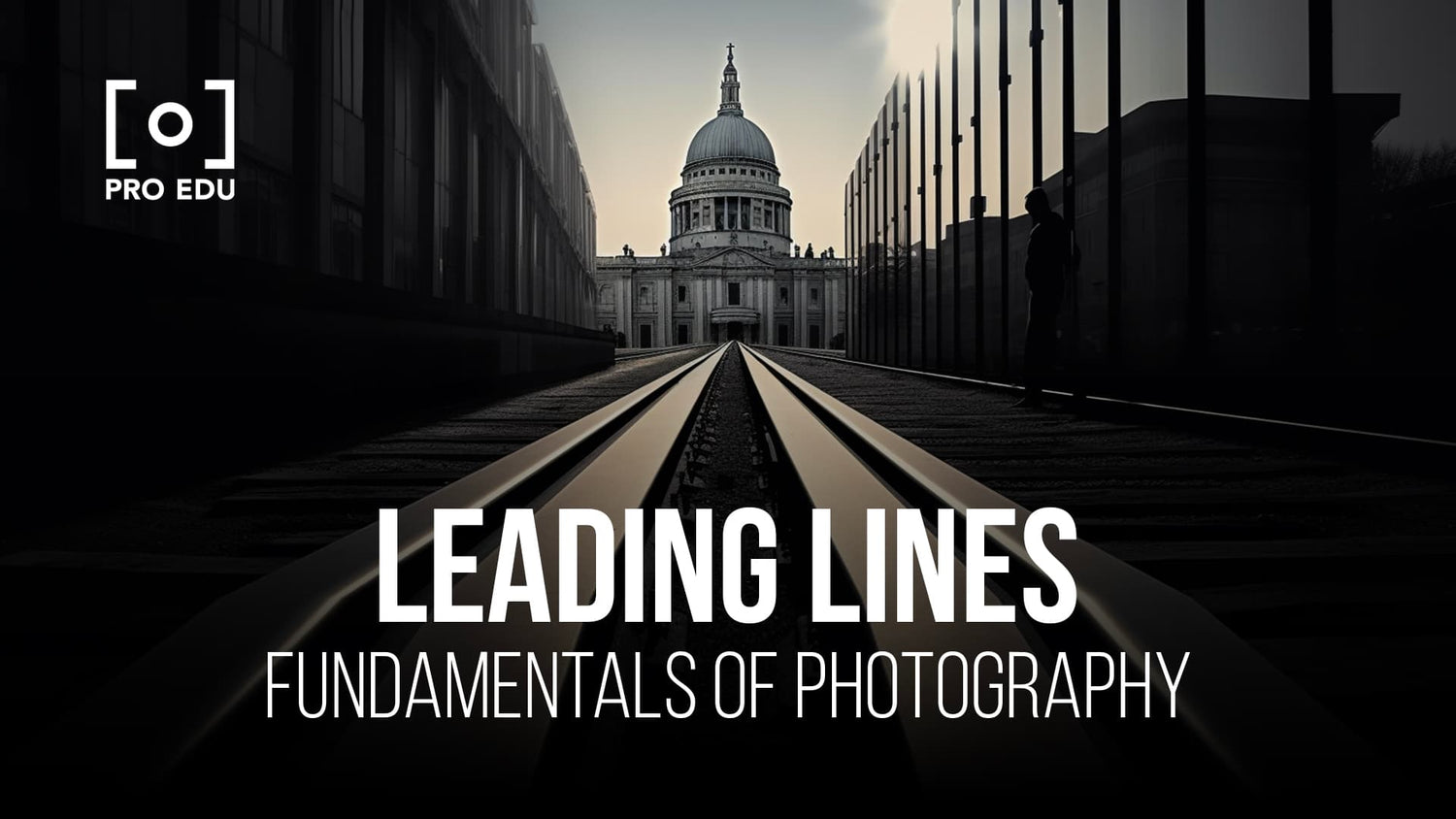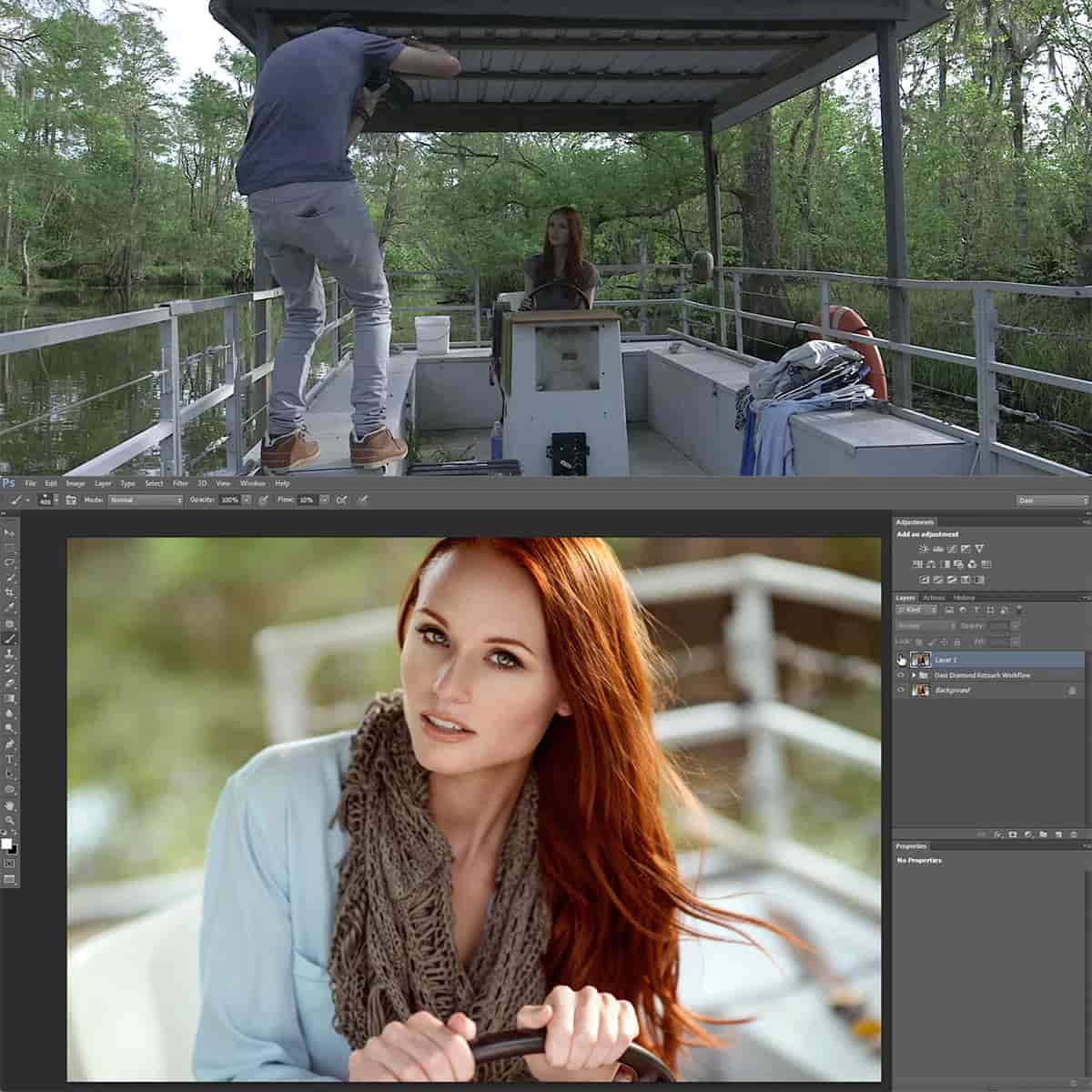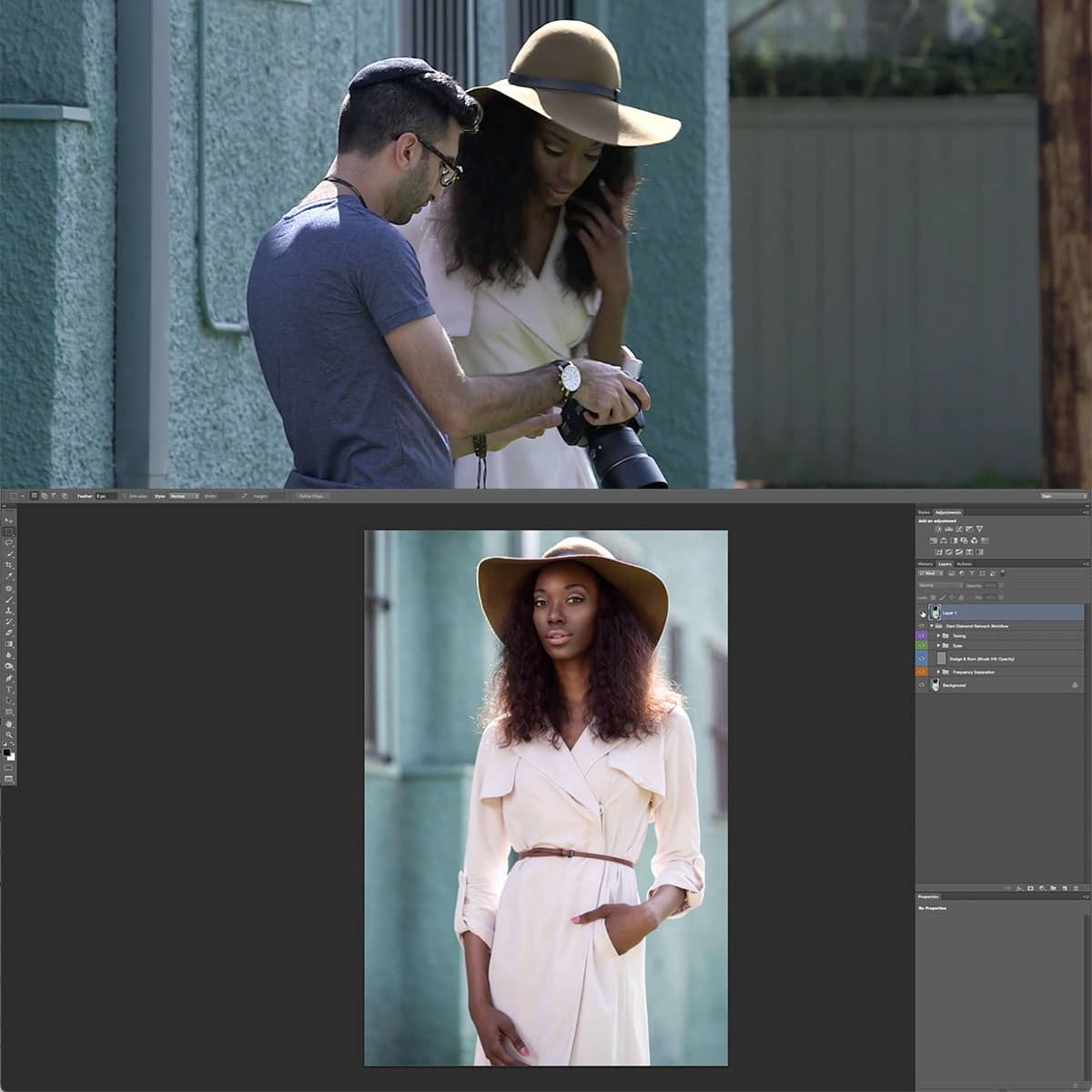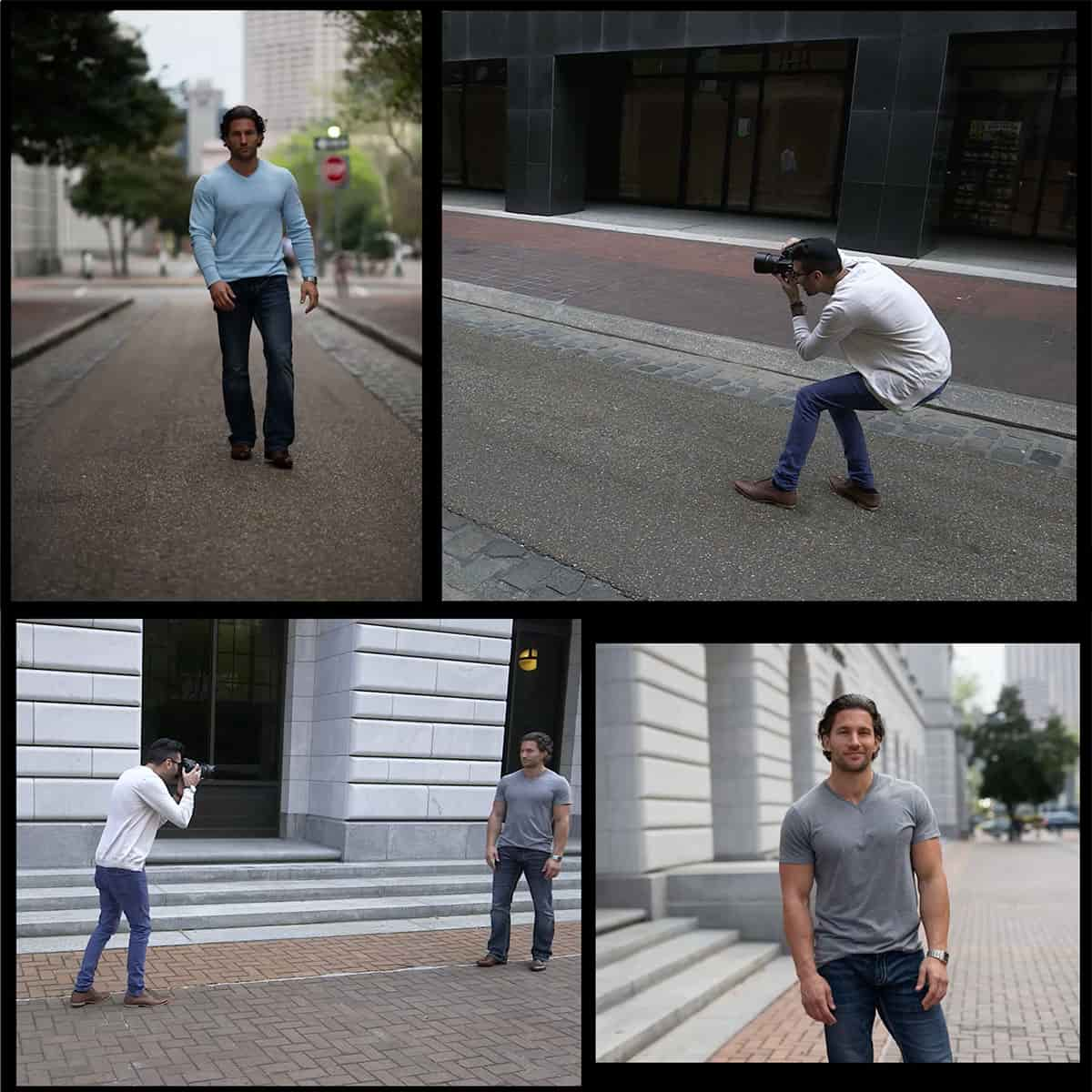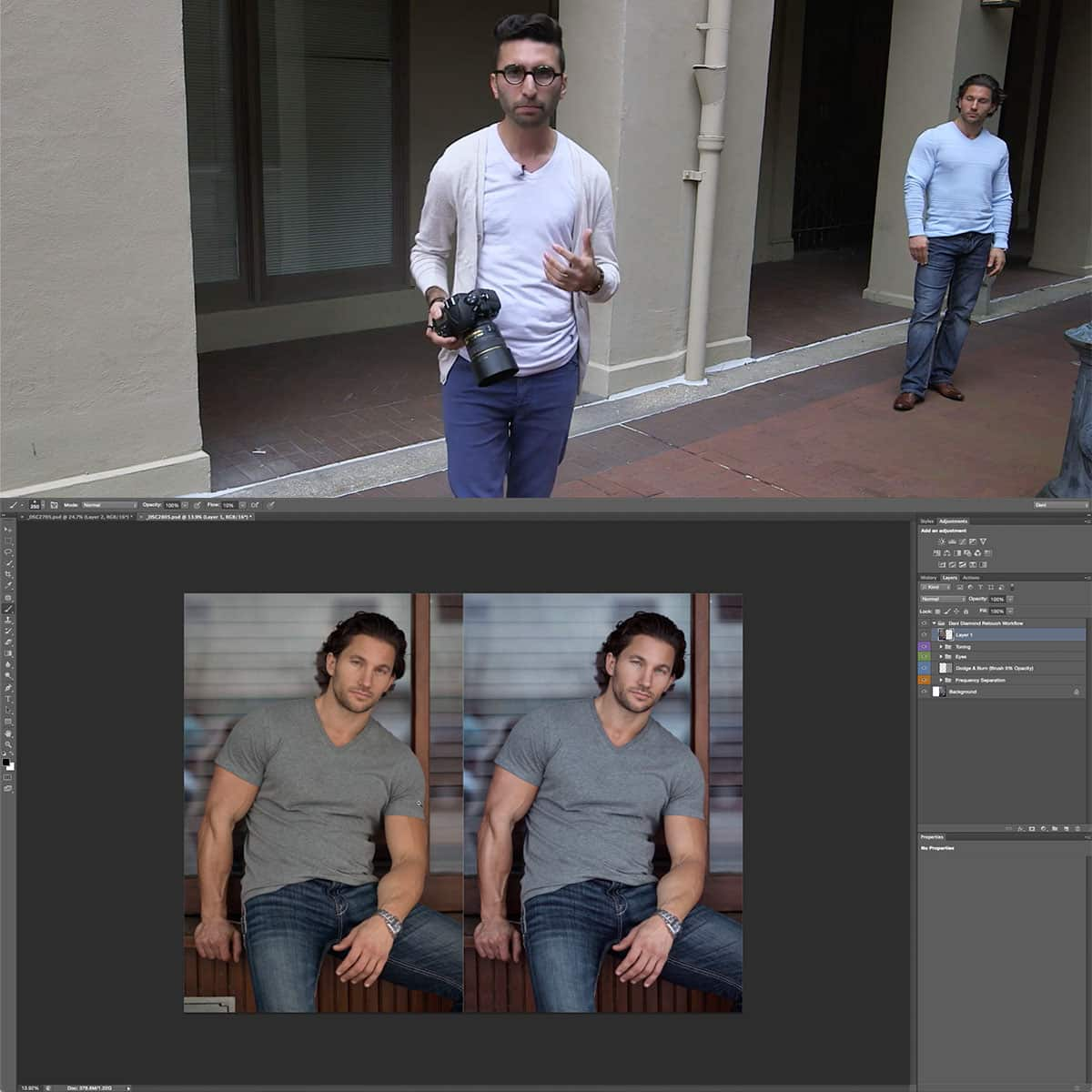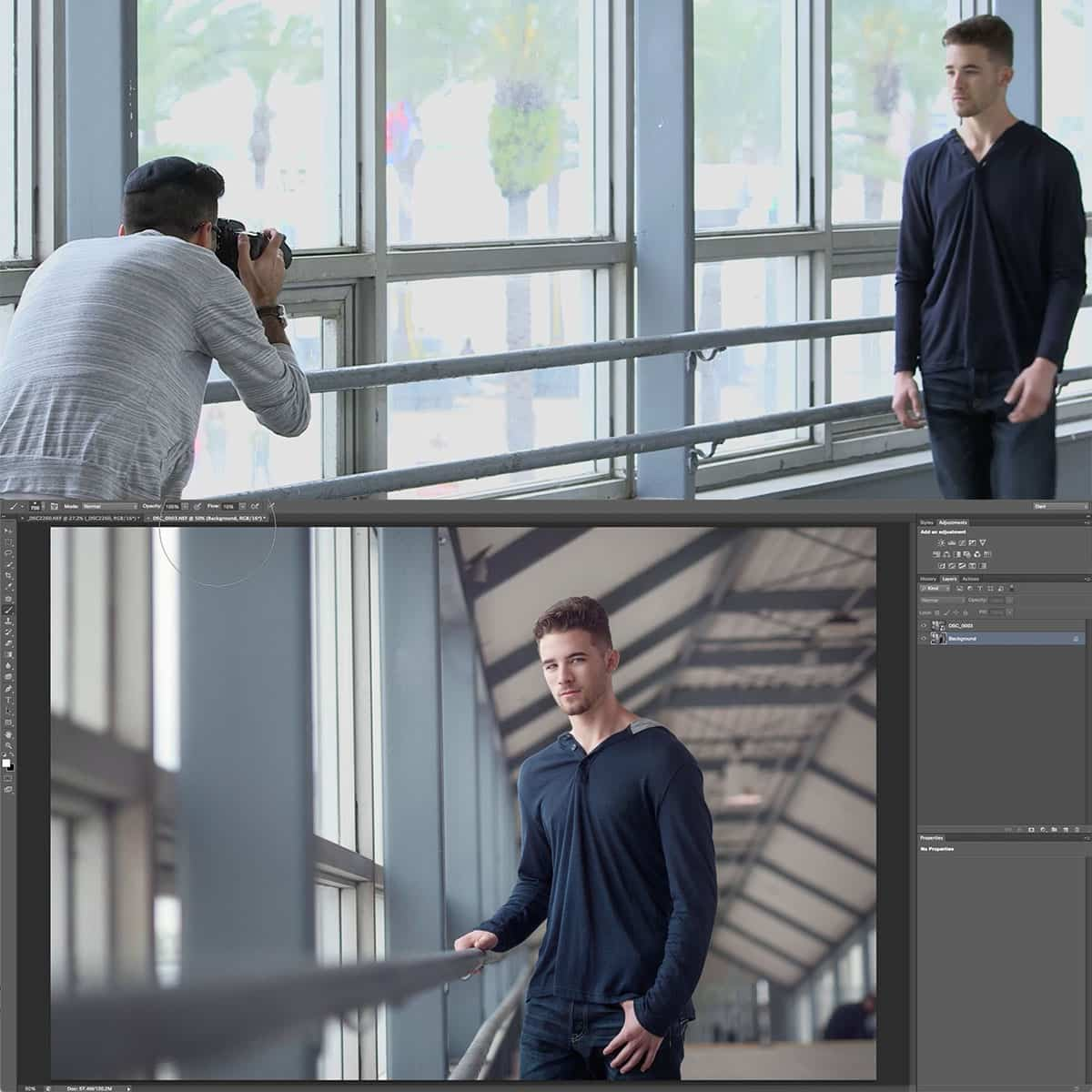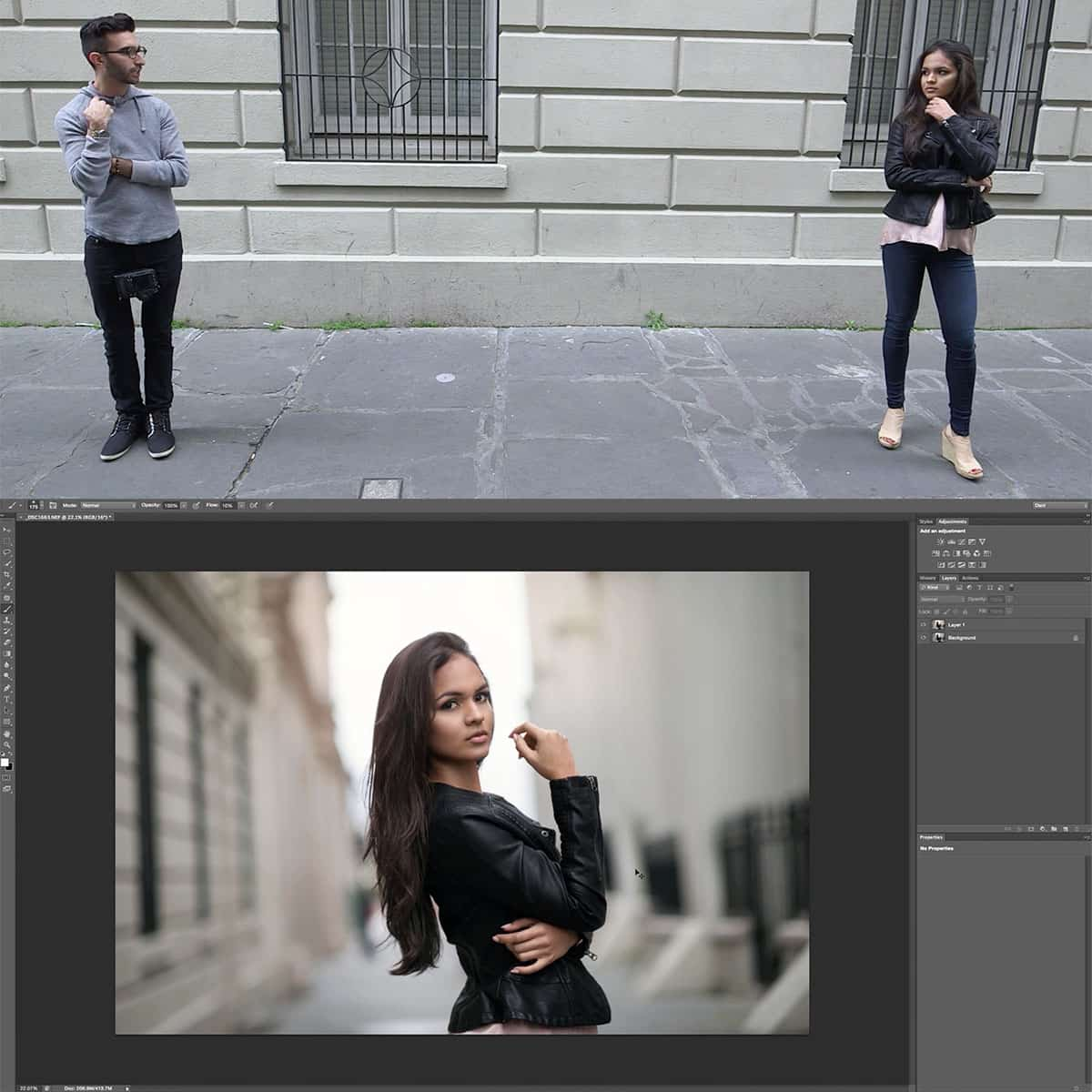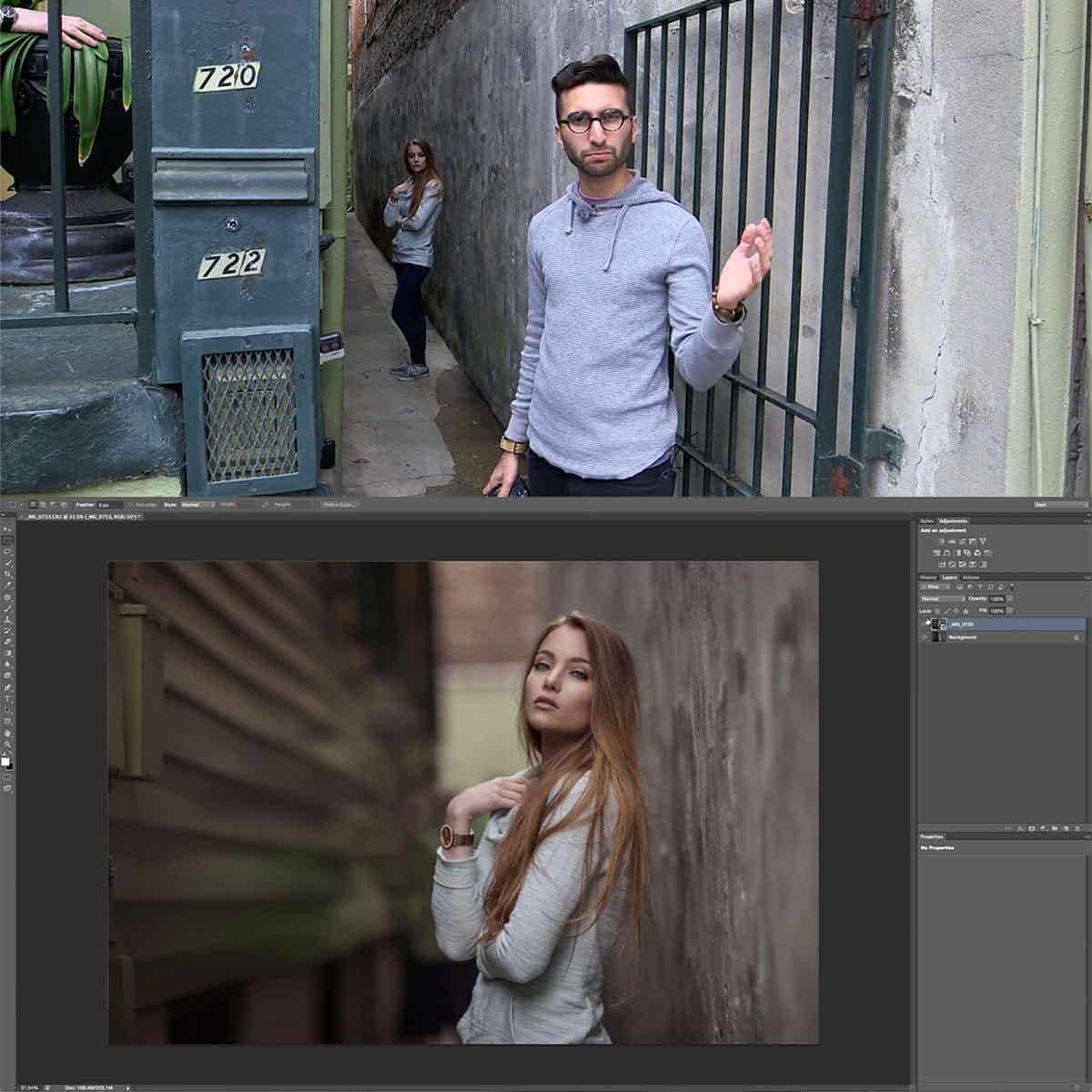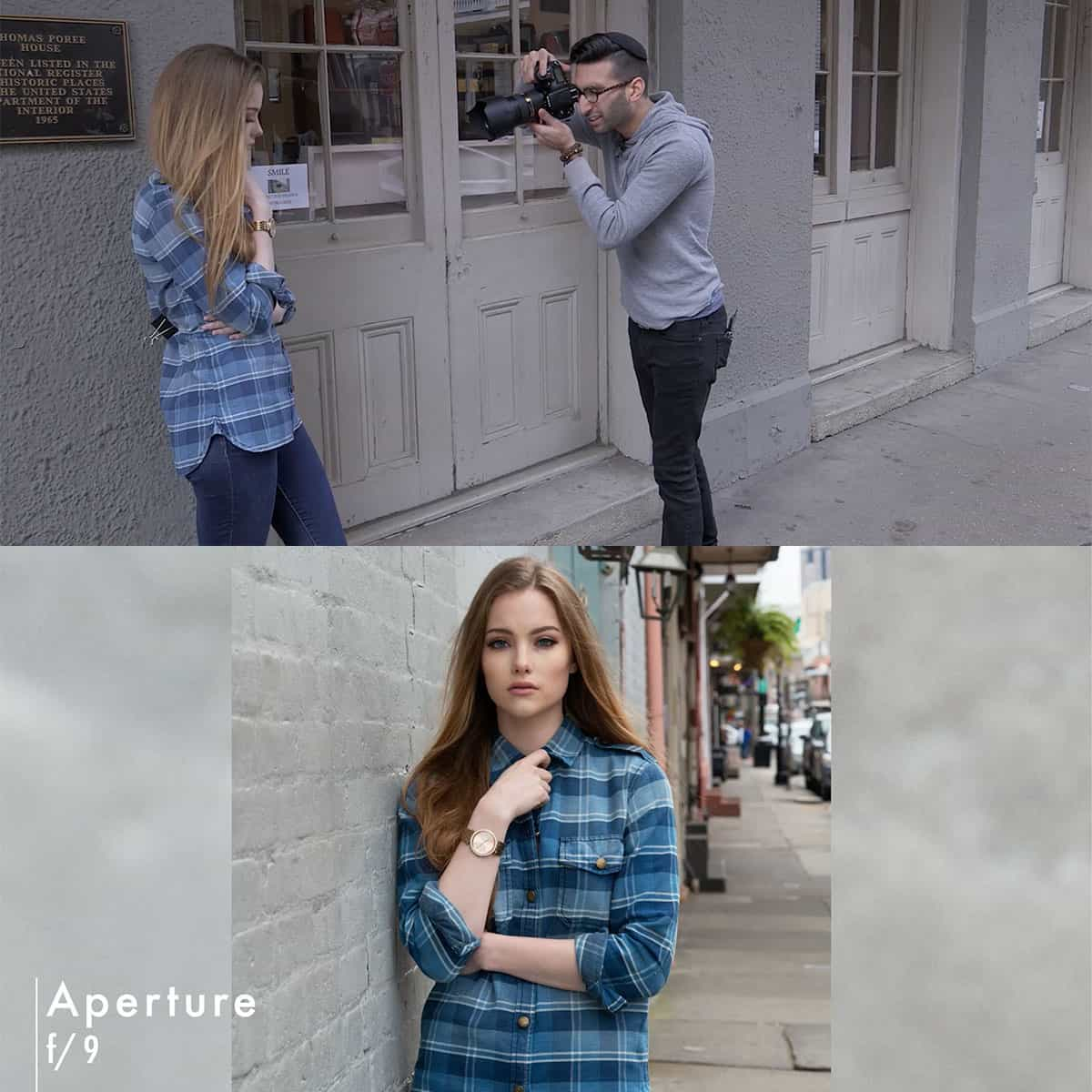Leading Lines in Photography: Mastering the Art of Visual Guidance
Leading lines are a powerful composition technique used in photography to guide the viewer's eye through an image. By utilizing lines in an image, photographers can create visual pathways that lead to the most important aspects of a composition or even evoke certain emotions. This photography skill is essential for taking your photos to the next level and enhancing the storytelling aspect of your work.
In this article, we will delve into the meaning and significance of leading lines in photography and discuss different types of leading lines and how they affect the viewer's perception. We will also explore the technical aspects of implementing leading lines in your work and share practical examples of using leading lines in various photography styles. By mastering leading lines, you will empower your photography skills and create stronger, more captivating images.
Key Takeaways
- Leading lines enhance photo composition by guiding the viewer's eye and evoking emotions.
- Various types of leading lines can be used to create different visual effects and enhance storytelling.
- Mastering leading lines can elevate your photography skills and create more captivating images.
Understanding Leading Lines and Its Significance in Photography
Leading lines in photography are essential for guiding the viewer's eye and improving the composition of an image. By incorporating leading lines, we can create captivating photos and direct the viewer's attention to the main subject or focal point.
The Rule of Thirds and Its Relation to Leading Lines
The Rule of Thirds is a fundamental principle in photography and can be used in conjunction with leading lines. By dividing the frame into a 3x3 grid, the Rule of Thirds helps us place key elements along the grid lines or intersections, making the composition more balanced and visually appealing. Leading lines can reinforce this principle by connecting these points of interest and further enhancing the visual impact of the image.
Impact of Leading Lines on the Perception of Images
Leading lines have a significant impact on how viewers perceive an image and can greatly influence their emotions and interpretation. For example, diagonal lines can create a sense of energy and movement, while horizontal lines can induce a feeling of calmness and stability. By consciously incorporating leading lines in our compositions, we can effectively convey our intended message and evoke desired emotions in the viewer.
We encourage you to explore PRO EDU for professional photography tutorials and Photoshop techniques that can further enhance your adeptness in utilizing leading lines and other composition principles to create captivating images.
Types of Leading Lines in Photography
Natural Vs Man-Made Lines
In photography, leading lines can be either natural or man-made. Natural lines are often found in landscapes, such as rivers, tree branches, or mountain ridges. For example, a flowing river can lead the viewer's eye through the scene. On the other hand, man-made lines include elements like roads, fences, and architectural features. Utilizing these lines can create a sense of order or geometry in your compositions.
Utilizing Different Types of Lines for Desired Effects
There are various types of leading lines that you can use to achieve different effects in photography. We will briefly discuss some of the most commonly used lines:
-
Horizontal lines provide a sense of stability and calmness. They can create a balanced composition by dividing the image into two parts, such as the sky and the ground in a landscape photograph.
-
Vertical lines portray strength and power, drawing the viewer's attention up or down. Examples include tall buildings or trees, which can add height and depth to your images.
-
Diagonal lines add energy, movement, and dynamism to your compositions. They guide the viewer's eye from one corner of the image to the other, giving a sense of direction. Examples include slanting streets or pathways.
-
Curved lines, such as those found in arches or winding roads, create a sense of flow and elegance. They guide the viewer's gaze through the image in a gentle and organic manner.
-
Converging lines occur when two or more lines meet at a single point in the distance, emphasizing depth and perspective. These lines can help create a strong focal point in your image, such as a vanishing point on a long road or railway track.
In conclusion, understanding and utilizing different types of leading lines in photography can greatly enhance the visual impact of your images. By carefully considering the effect you want to create and selecting the appropriate type of line, you can guide the viewer's eye and create captivating compositions.
Technical Aspects of Leading Lines Photography
Setting Up The Shot
When setting up a leading lines shot, we should find a line or a series of lines that guide the viewer's eye to the main subject. Camera position plays a significant role in this. By adjusting the height and angle of the camera, we can emphasize the lines and perspective of the scene. For instance, shooting from a low angle can make the lines appear more dramatic.
In addition to camera position, we need to consider the depth of field. A wide aperture (e.g., f/2.8) can create a shallow depth of field, focusing on the immediate lines and main subject, while blurring the background. Conversely, a small aperture (e.g., f/11) can produce an extended depth of field, ensuring that everything in the frame remains in focus. To achieve a sharp and clean image, we may need to use a slower shutter speed and a lower ISO, especially in low-light conditions. However, that may call for the use of a tripod to avoid camera shake.
Post-Processing Techniques
Post-processing is an essential aspect of leading lines photography, as it provides us with tools to enhance and emphasize the lines in our images. One such technique involves adjusting the contrast and clarity of the photo to make the lines more prominent. We can also utilize dodge and burn methods to further accentuate these lines, directing the viewer's eye to the desired focal points.
Besides emphasizing leading lines, color grading can greatly impact the overall mood and tone of the image. For instance, a warmer color balance might evoke a more inviting and engaging atmosphere. To master these post-processing techniques, we can always turn to advanced photography courses, where we can acquire the necessary skills and knowledge to improve our leading lines photography.
Remember, successful leading lines photography combines a thoughtful composition, in-camera technique, and post-processing expertise to create captivating and engaging images that guide the viewer's eye.
Practical Usage of Leading Lines in Different Photography Styles
Leading Lines in Landscape Photography
When capturing landscape photographs, we often utilize leading lines to guide the viewer's eye through the image. Natural elements such as rivers, roads, and fences can be used as leading lines. We find that combining these elements with a strong point of interest, such as a mountain or a tree, can create a visually striking and engaging image.
In addition, leading lines can help us convey a sense of depth in our landscape images. By using lines that converge in the distance, we can emphasize the three-dimensional quality of the scene, enhancing the overall storytelling in our photography.
Utilizing Leading Lines in Portrait Photography
In portrait photography, leading lines can be employed to draw attention to our subjects and highlight their features. For example, using a staircase or architectural elements as leading lines can help frame our subjects and direct the viewer's gaze to their face or expression. We can also utilize natural lines formed by the subject's body, such as their arms or legs, to create a dynamic composition.
Furthermore, by intentionally placing our subjects at the intersection of leading lines, we can add a sense of balance and harmony to our portraits. This can be achieved through thoughtful composition and careful consideration of background elements that contribute to the overall style of our images.
Final Tips and Tricks for Mastering Leading Lines Photography
Choosing the Right Equipment
Having the right equipment is essential for capturing leading lines effectively. We recommend using a wide-angle lens, as it helps accentuate leading lines and create a more immersive perspective. While not necessary, a tripod can also be beneficial for achieving steady and precise compositions.
Creating a Story Using Lines
Lines can serve as powerful tools for storytelling in your photographs. When composing your shots, keep in mind the emotions and atmosphere you want to convey. For example, converging lines can evoke feelings of depth and mystery, while diagonal lines can suggest movement and energy. By carefully considering the role of leading lines in your photos, we can craft a visually engaging narrative.
Experimentation is Key
As with any aspect of photography, experimenting with different techniques is crucial to mastering leading lines. Don't be afraid to explore various angles, perspectives, and subjects. Combining leading lines with other compositional elements, such as framing and the rule of thirds, can also help create more dynamic images. Ultimately, practice and experimentation will allow us to perfect our use of leading lines in our photography.
Frequently Asked Questions
What are some examples of leading lines in photography?
Some common examples of leading lines in photography include paths, roads, fences, and architectural elements. These lines can be both natural and man-made, guiding the viewer's eye towards an important subject or focal point in the image. Including leading lines in your compositions can improve the visual impact and storytelling of your photos.
How can leading lines be used effectively in composition?
To use leading lines effectively in composition, you must first identify potential lines in the scene. Next, position your camera to emphasize the lines and direct them towards the primary subject in the frame. By doing so, you can create dynamic, engaging images that guide the viewer's eye and help convey the intended message.
What is the difference between leading lines and the rule of thirds?
While both leading lines and the rule of thirds are compositional techniques in photography, they serve different purposes. Leading lines guide the viewer's eye through the image and towards a focal point, whereas the rule of thirds divides the frame into a grid, with the goal of placing the subject at the intersecting points to create balanced and visually appealing images. Both techniques can be used together to strengthen your compositions.
How can curved or vertical lines be used in leading lines photography?
Curved lines, such as rivers or pathways, add a sense of depth and movement to your photographs, guiding the viewer's eye in a pleasing manner. On the other hand, vertical lines, like trees or buildings, can create a sense of height and power in an image, directing the viewer's attention upwards. Experimenting with different types of lines can help you achieve varied and unique visual effects in your photography.
What are some techniques for creating leading lines at home?
You can create leading lines at home using everyday objects, such as strings, tape, or even furniture arrangements. By placing these objects strategically, you can guide the viewer's attention towards your main subject. In addition, experimenting with different types of lighting can help you create leading lines through the use of shadows or lines of light.
How do leading lines apply to art and film?
Just like in photography, leading lines play a significant role in art and film to direct the viewer's eye towards important subjects or compositional elements. This powerful visual technique can be found in various art forms, like painting and illustration, as well as in film and cinematography. Leading lines help create a sense of depth, movement, and emotional connection with the audience, enhancing the overall impact of the visual story.


